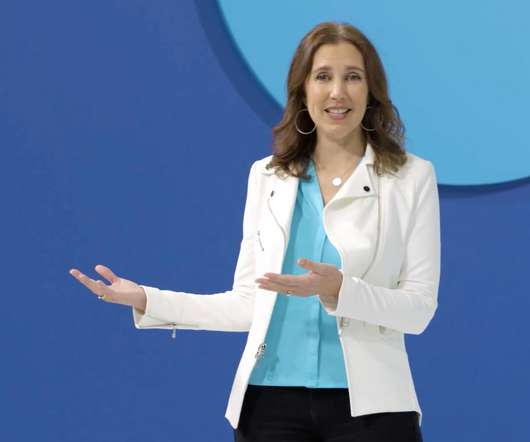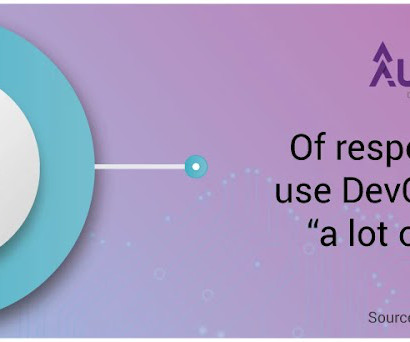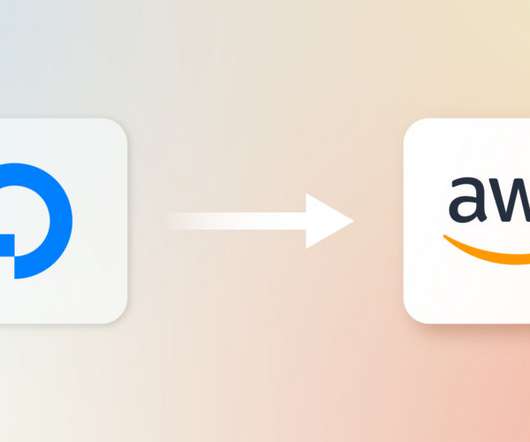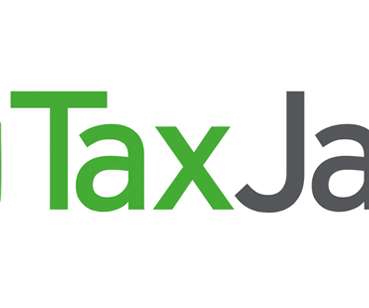11 proven, DevOps best-practices for continuous improvement
Audacix
JULY 18, 2022
Whether you're about to implement DevOps or searching for ways to make it work better for your team, you must remember that DevOps is all about discipline. But you're in luck, because successful DevOps practitioners leave clues and patterns that you can start implementing today to supercharge the value from your DevOps program.



















Let's personalize your content